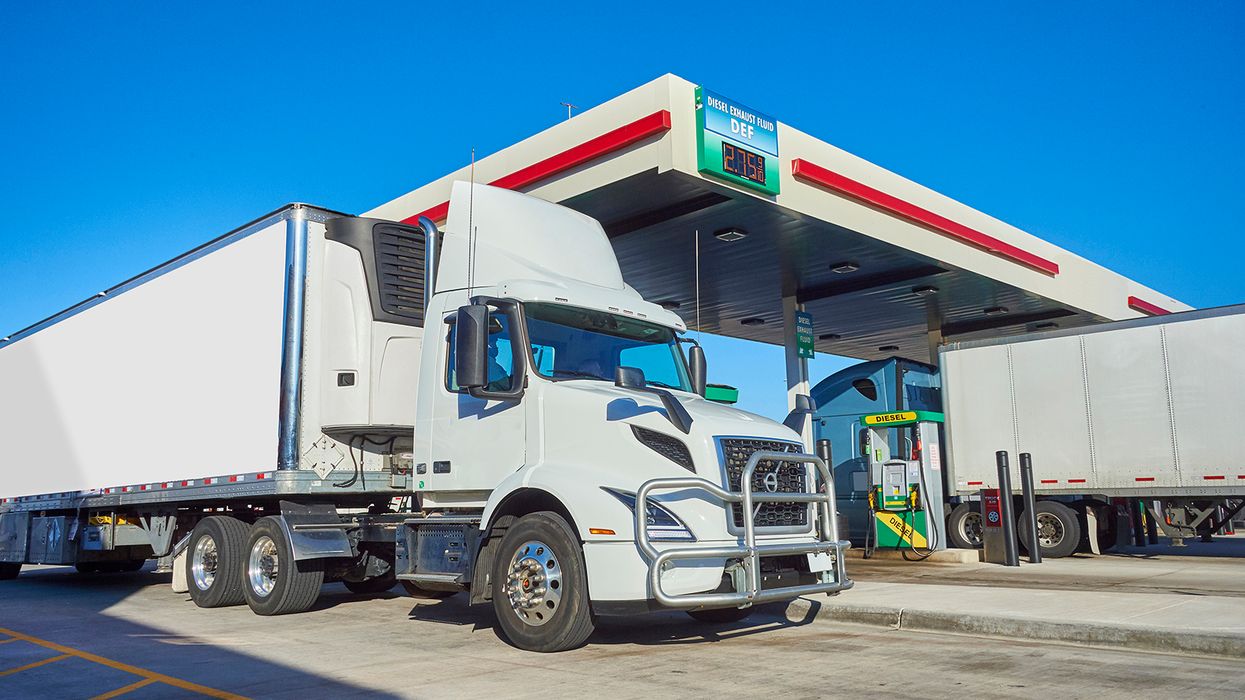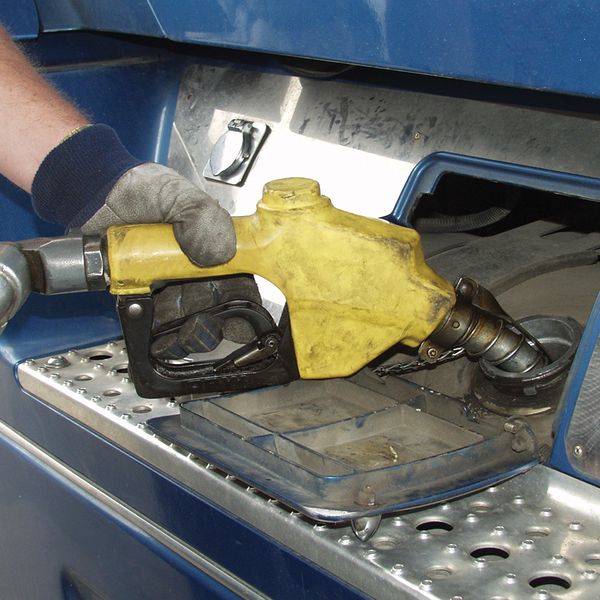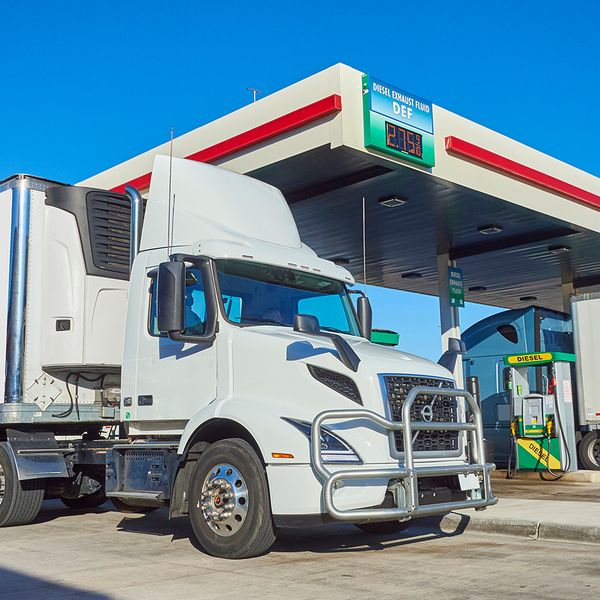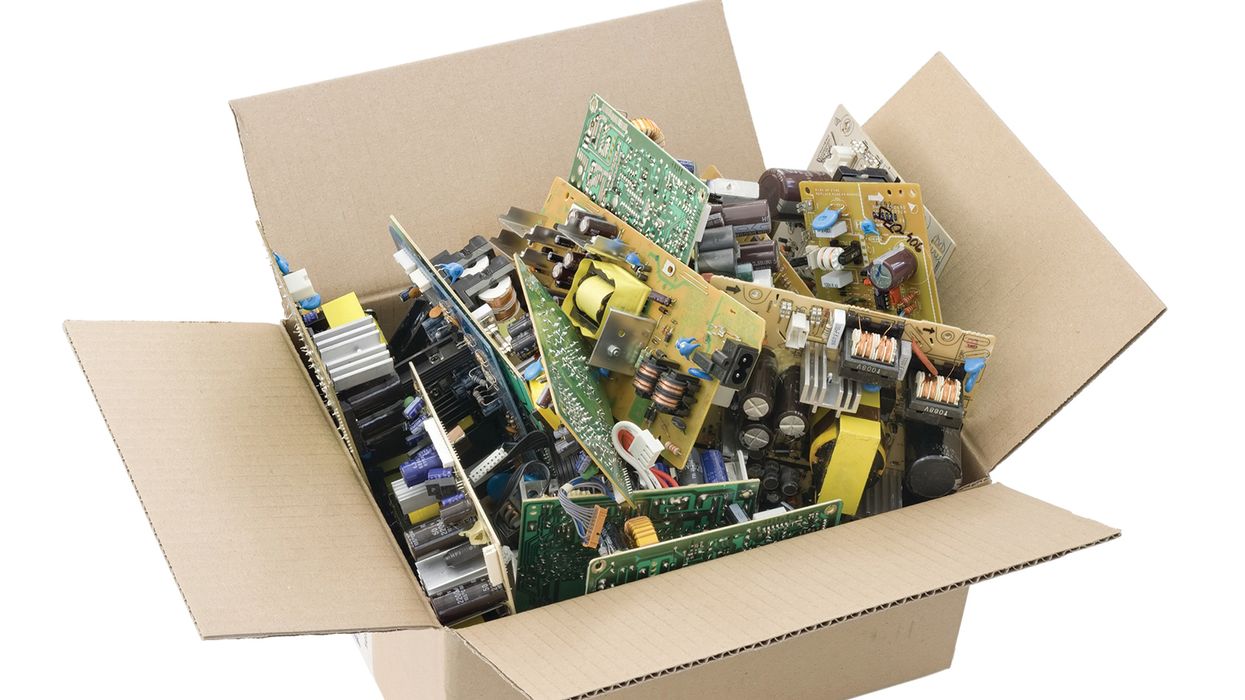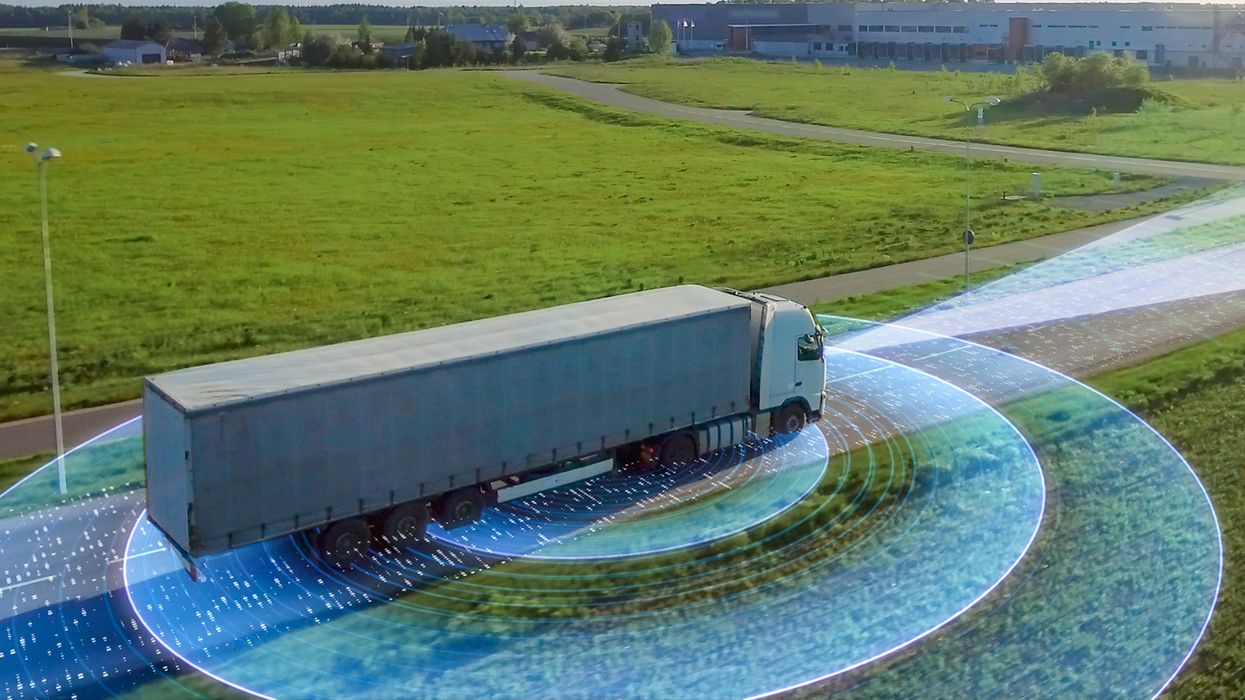Biodiesel and renewable diesel – Lower cost alternatives reduce fleet emissions
Using battery-electric vehicles (BEVs) to reduce emissions sounds like a great idea until carriers find out the price tag is more than $450,000 for a Class 8 tractor and over $105,000 for a Class 4 to 6 straight truck. Also, the range of most BEVs is 250 miles or less per charge.
Tax credits and other incentives can reduce the purchase price, but there is still a significant premium over traditional diesel vehicles.
Carriers feel pressure from customers, as well as state and federal mandates to reduce emissions.
Up to a 60 percent tailpipe emissions reduction can be achieved by switching from petroleum diesel to biodiesel or renewable diesel, usually without engine modification or voiding the original equipment manufacturer's (OEM) warranty.
What are biodiesel and renewable diesel?
People often use the terms renewable diesel and biodiesel interchangeably. Both use renewable sources of feedstock, but there are critical differences.
- Biodiesel (a.k.a. FAME (fatty acid methyl ester)). This is a renewable fuel made from vegetable oils, animal fats, or recycled cooking grease via transesterification (a chemical reaction), which can introduce oxygen. Biodiesel is blended with petroleum diesel and additives to reduce concerns with oxygen, such as:
- Crystallizing in colder temperatures,
- Separation during storage, and
- Algae growth.
Blends range from 6 to 20 percent petroleum diesel. B20 is the most common.
- Renewable diesel (a.k.a. green diesel). This is produced by hydrotreating (removing impurities from) renewable sources such as vegetable oils, inedible animal fats left over from meat processing, and other types of biomasses without introducing oxygen. Renewable and petroleum diesel are chemically similar.
Benefits and considerations
The decision to use alternative fuels often hinges on how the option compares to petroleum-based fuels. Carriers should assess if either option is a financial and operational fit for the fleet to lower emissions.
Below are benefits and considerations relative to petroleum diesel unless otherwise noted:
Biodiesel
Benefits:
- Better lubrication characteristics can prevent premature engine wear.
- No diesel engine modifications are needed in most vehicles to achieve similar performance.
- More thorough combustion can allow longer oil drain intervals.
- Fewer regeneration issues are experienced.
- It is available in most states.
- Cost is comparable after subsidies.
Considerations:
- The price per gallon is high without government incentives.
- Oxygen limits storage time due to oxidation which can cause corrosion and algae growth.
- It can freeze and clog fuel lines at higher temperatures depending on the blend and feedstock.
- There is a limited supply of cooking oil to sustain production.
- Even if a warranty may not automatically be voided, OEMs will maintain the right to investigate warranty claims or failures determined to be resulting from using biodiesel.
Renewable diesel
Benefits:
- Performance in freezing weather and the carbon footprint are better than biodiesel.
- It does not contain harmful oxygen, as does biodiesel.
- No diesel engine modifications are needed to achieve similar performance.
- It requires no blending of petroleum diesel.
- More thorough combustion aids longer oil drain intervals and fewer regeneration issues.
- Cost after subsidies can be comparable to diesel in California.
- It is compatible with existing diesel distribution infrastructure.
Considerations:
- The price per gallon is high without government incentives.
- Nearly all supply is in California, with sparse fueling options in Oregon and Washington.
- There is limited feedstock of cooking oil to sustain production.
- The OEM warranties subsequent to renewable diesel use depends on the manufacturer and circumstances of any engine, fuel, or exhaust system failures.
| For more information on other alternative fuels, check out this LINK. |
Keys to remember: Customer demands and laws requiring reduced carbon emissions may accelerate equipment and fuel decisions. BEVs may not be practical for all fleets. Biodiesel and renewable diesel can be viable options for lowering emissions today.

